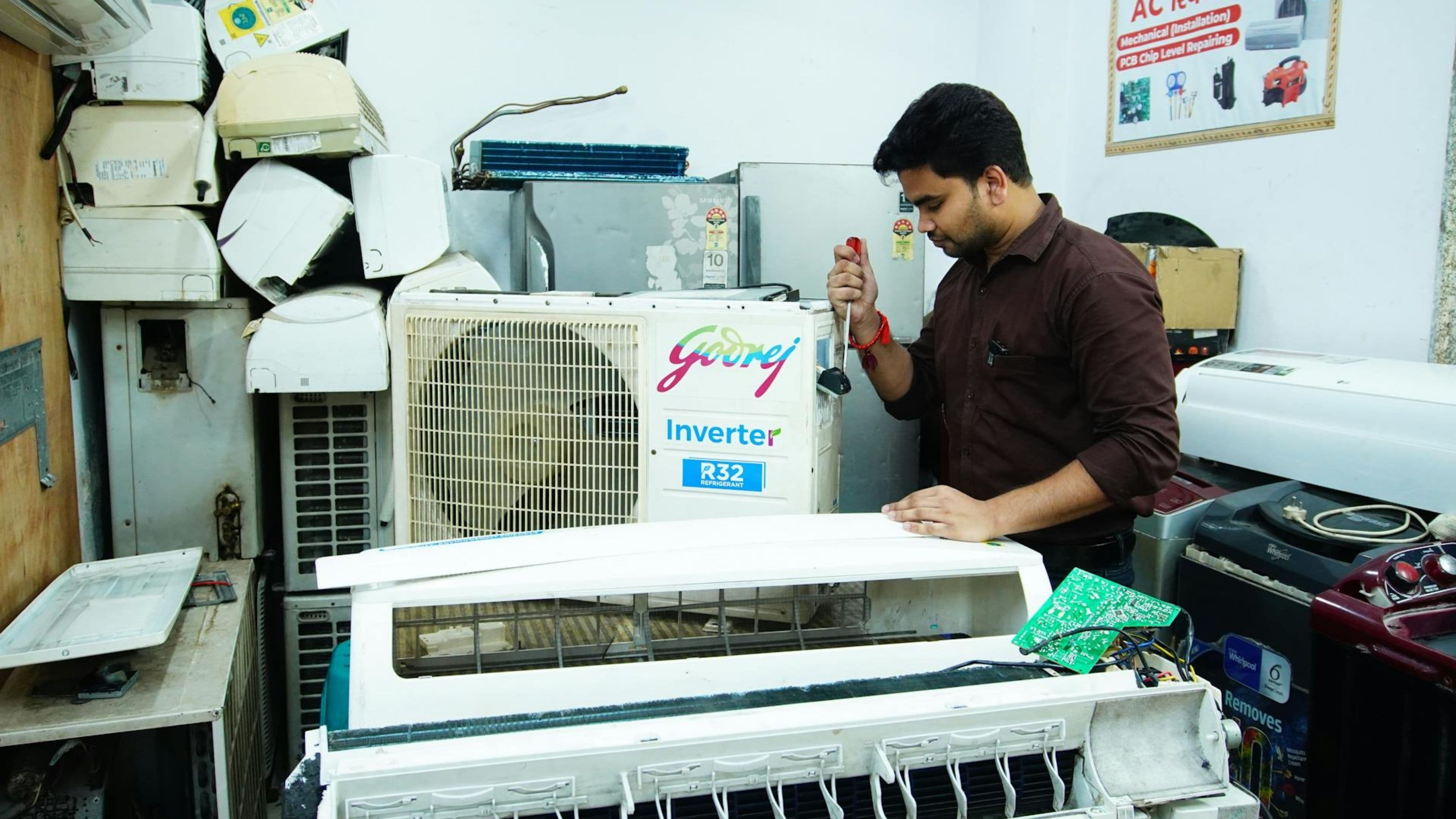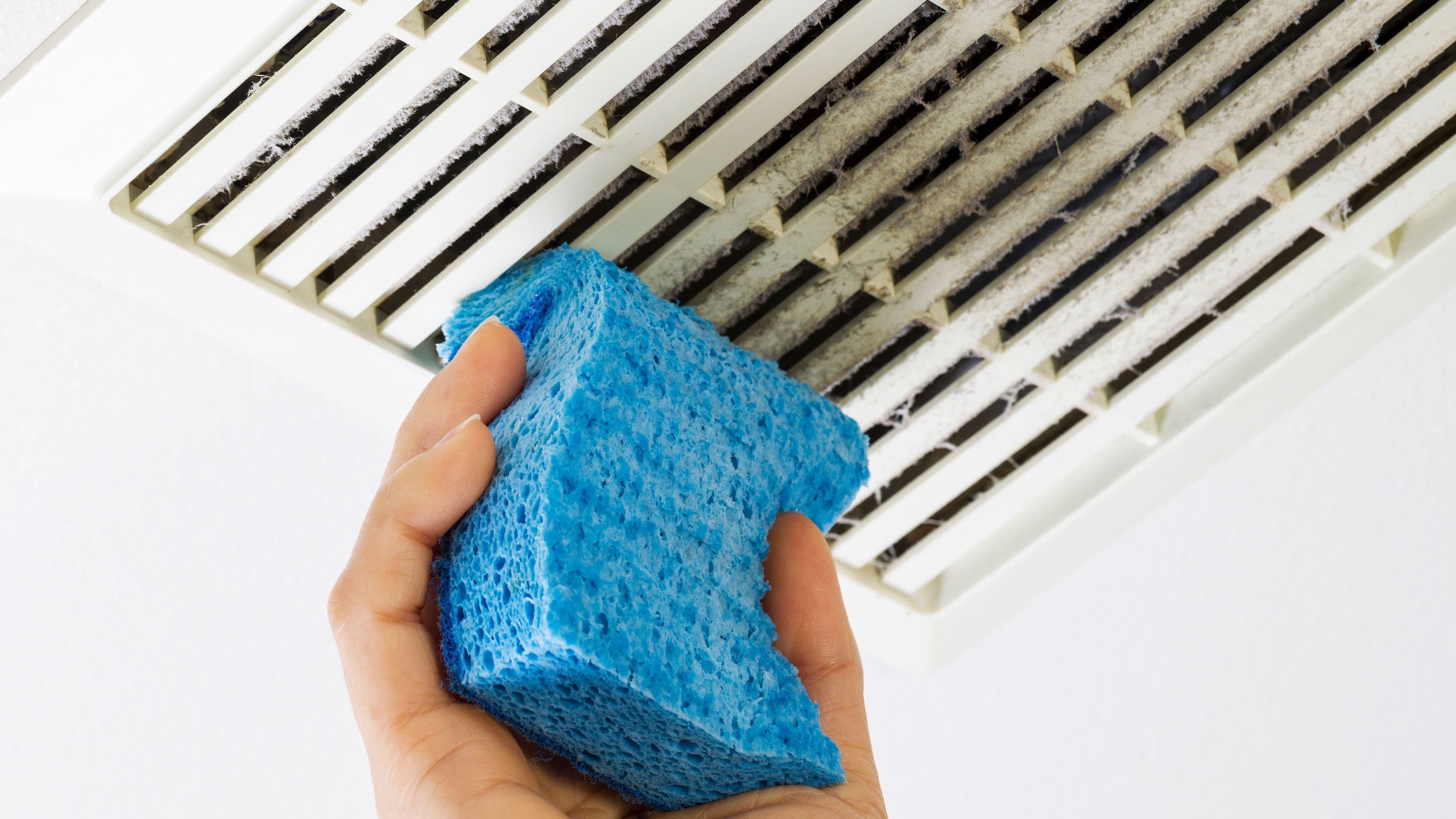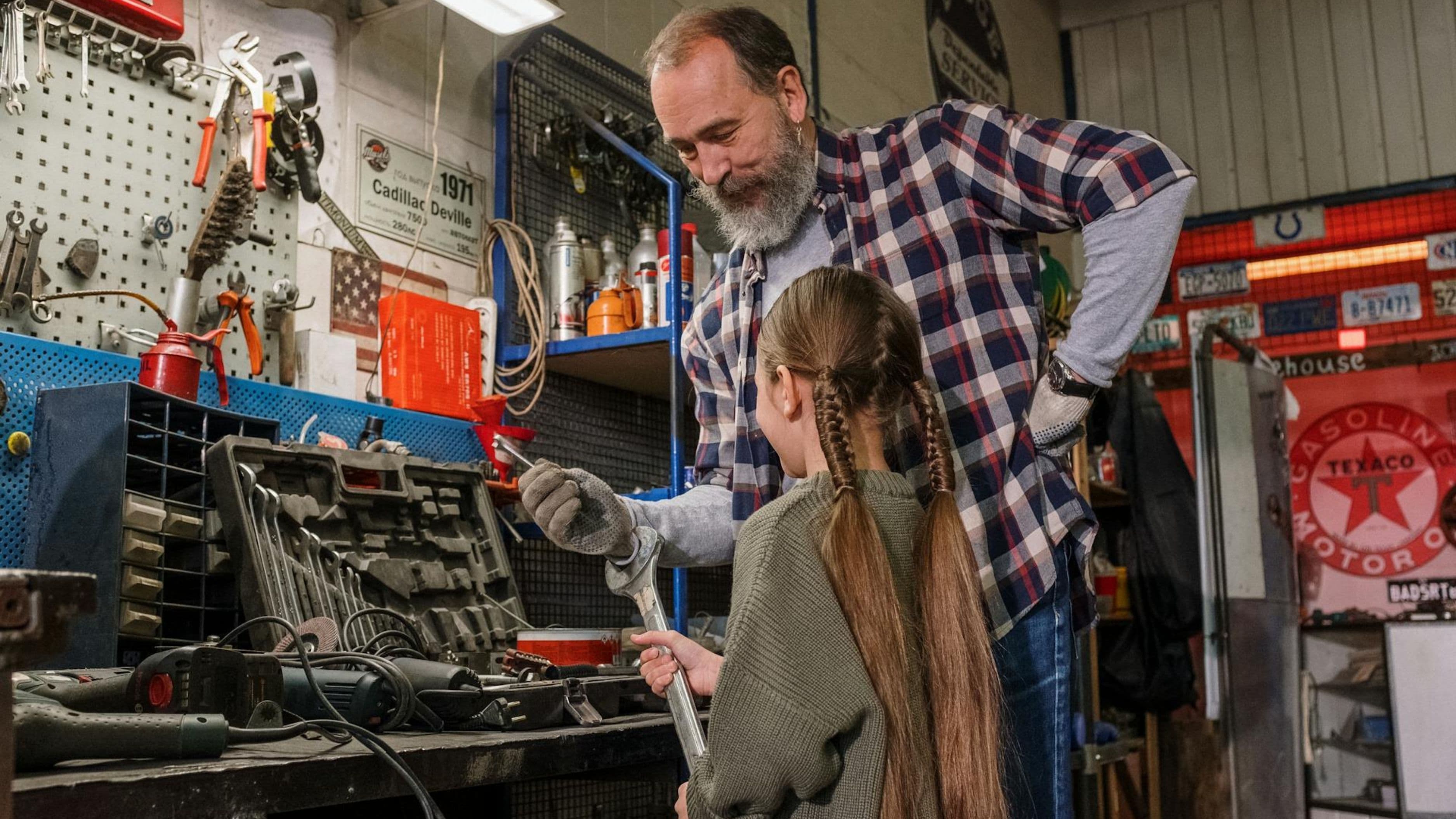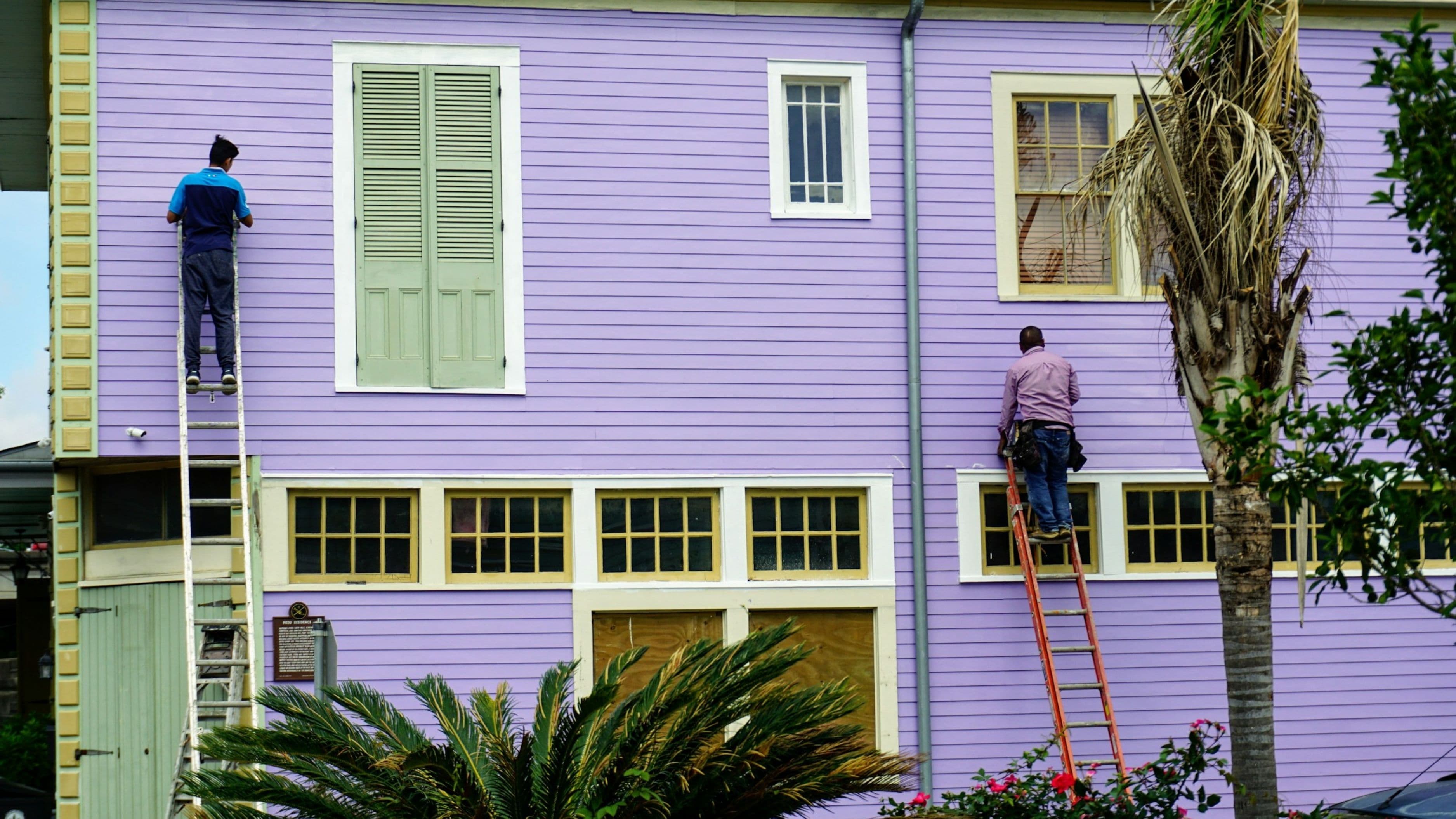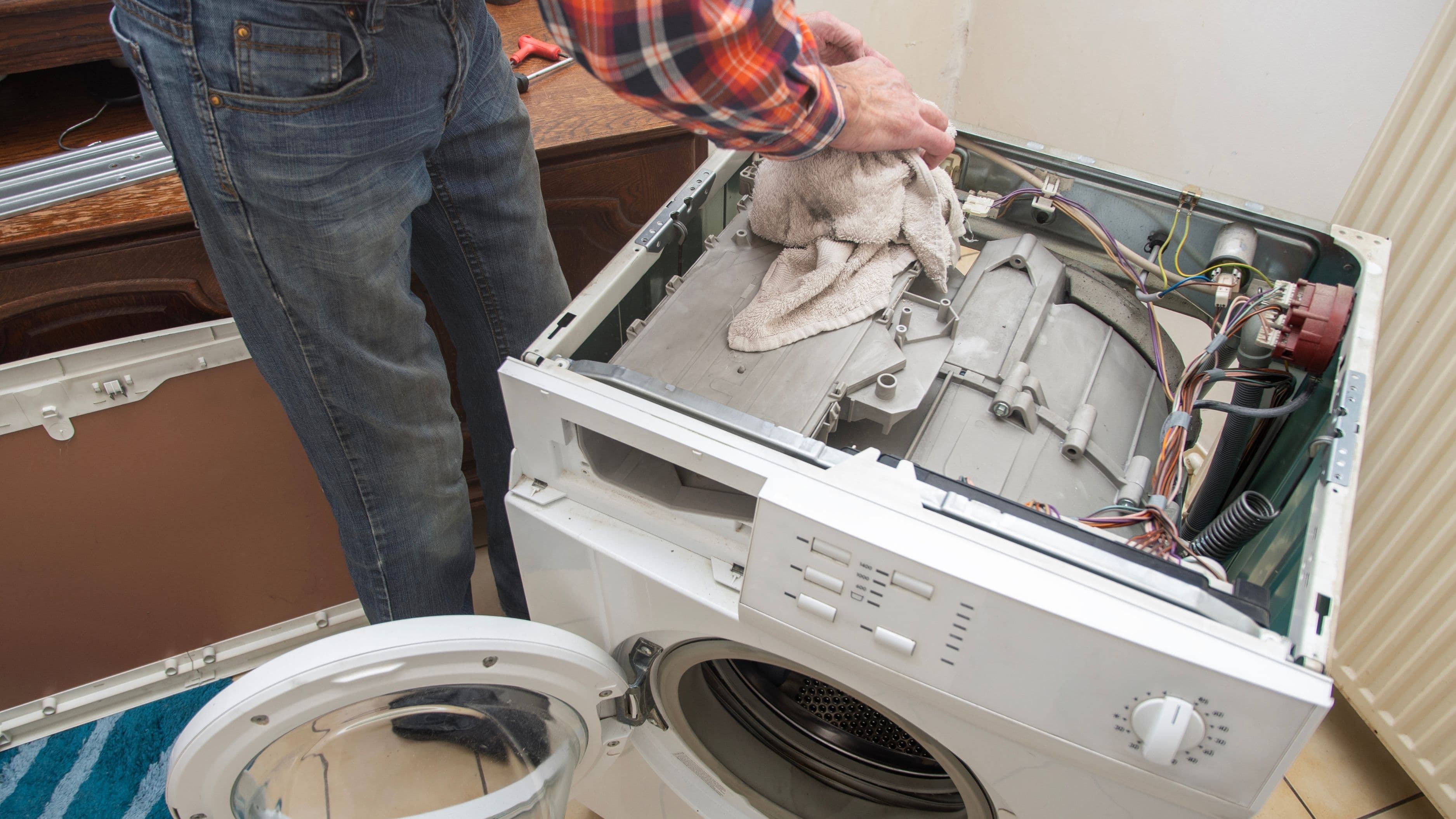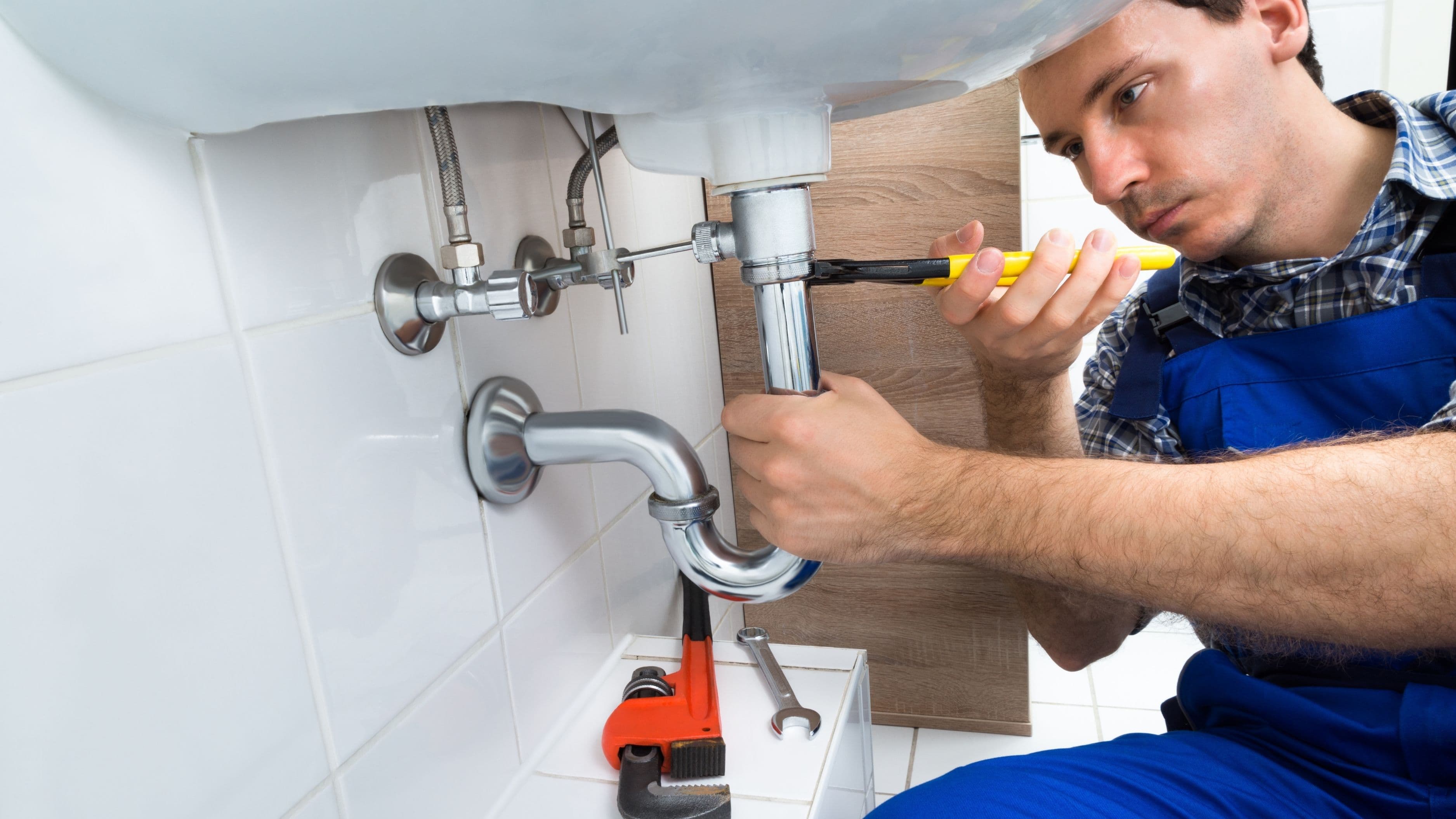The 50% Rule Everyone Ignores
If repairs cost more than half the price of a new appliance, replace it—no exceptions, no emotional attachments. A $400 refrigerator repair when a new one costs $700? Walk away. Your dryer needs a $150 fix and replacements start at $500? Fix it. This single rule eliminates 80% of the guesswork and prevents you from throwing good money after bad. Calculate the replacement cost first, divide by two, and that's your repair ceiling.
Age Matters More Than You Think
Every appliance has a lifespan, and fighting nature is expensive. Refrigerators typically last 10-13 years, dishwashers about 9 years, and washing machines 10-12 years. If your appliance is past 75% of its expected lifespan and needs major repairs, replacement almost always wins. A 12-year-old washer needing a new transmission isn't a repair candidate—it's a ticking time bomb that'll fail somewhere else next month. Young appliances (under 40% of expected life) deserve repair attempts; elderly ones deserve retirement.
What Broke Actually Matters
Not all repairs signal doom. Simple fixes like replacing a dishwasher door latch ($50), changing dryer heating elements ($20-30), or swapping refrigerator door seals ($60-100) are no-brainers—do them yourself and save hundreds. But compressor failures, cracked drums, and control board replacements? These are the expensive, complicated repairs that often herald complete system failure. When core components fail, multiple systems usually follow within months, turning one repair into three.
Energy Efficiency Is Your Secret Weapon
Older appliances are energy vampires that inflate your electric bill monthly. A pre-2010 refrigerator costs roughly $150-200 yearly to run; a new Energy Star model runs about $50 annually. That's $100+ in savings every single year. If you're repairing an appliance over 10 years old, calculate five years of energy savings versus the cost of a new efficient model. Often, you'll break even in 2-3 years, and everything after is pure savings. Modern dishwashers use 5 gallons per load versus 10-15 for older models—efficiency compounds.
The Frequency Problem
One repair is maintenance. Multiple repairs within 12 months is a relationship you need to end. If you've called a technician twice this year for the same appliance, you're in the "money pit" zone where manufacturers design failure. Appliances rarely fail once then behave—they're complex systems where one failure stresses other components. Track your repairs; three service calls in two years means it's time. Your time and stress have value beyond the repair bill.
Do This Reality Check
Add up every repair you've made in the last three years on that appliance. Include service calls, parts, your time, and the replacement cost if it died mid-cycle (like spoiled food or flooded floors). If this total exceeds 70% of a replacement cost, you're over-invested in failing equipment. This backwards calculation reveals patterns you miss when paying one bill at a time. Smart appliance owners keep a simple spreadsheet—it prevents emotional decisions when you're staring at a dead dishwasher on Thanksgiving.
The DIY Sweet Spot
You don't need to be a technician to handle basic appliance repairs, and doing it yourself completely changes the cost equation. YouTube and manufacturer websites offer step-by-step videos for replacing common parts. Dryer belt replacements take 30 minutes and cost $10-20. Refrigerator water filters, dishwasher spray arms, and oven heating elements are all homeowner-friendly fixes that take under an hour. If you can follow recipe instructions, you can replace simple appliance parts. The moment repairs require specialized tools or refrigerant handling, call professionals.
Warranty Status Changes Everything
Check if you're still under manufacturer warranty or if your home warranty covers the appliance before spending a dime. Many people repair appliances at full cost while still covered. Extended warranties typically cover major component failures—exactly the repairs you shouldn't pay for out-of-pocket. Some credit cards automatically extend manufacturer warranties by a year if you purchased with them. Five minutes of checking could save you the entire repair cost. Home warranties usually have a $75-125 service fee versus $300+ repairs—use them.
The True Cost of Limping Along
A failing appliance doesn't just break—it damages other things first. Leaking washers ruin floors ($1,000-5,000 to replace). Inefficient refrigerators spoil food and drive up electric bills. Unreliable ovens waste ingredients and your time. When you factor in the hidden costs of keeping a dying appliance alive, replacement suddenly looks smarter. That $200 you're "saving" by not replacing your leaking dishwasher costs you $800 in water damage to your cabinet base. Calculate the full risk, not just the repair estimate.
Your Action Plan Right Now
Stop and honestly assess your most problematic appliance using these criteria: its age, recent repair history, energy costs, and current reliability. Write down the numbers—replacement cost, repair estimate, age, and your frustration level (it counts). If the math says replace but money is tight, start shopping sales now rather than waiting for complete failure when you have zero negotiating power. Emergency appliance shopping guarantees you'll overpay and settle for whatever's in stock. Take one hour this week to price replacements so you're ready when the decision is forced. Momentum starts with knowing your numbers.
📚 Sources
1. U.S. Department of Energy - Energy Star Program. "Appliance and Equipment Standards." Energy.gov, 2024.
2. Consumer Reports. "When to Repair or Replace Appliances: A Cost-Benefit Guide." ConsumerReports.org, 2024.
3. American Council for an Energy-Efficient Economy (ACEEE). "Home Appliance Energy Use and Efficiency Trends." ACEEE.org, 2023.
🔍 Explore Related Topics

